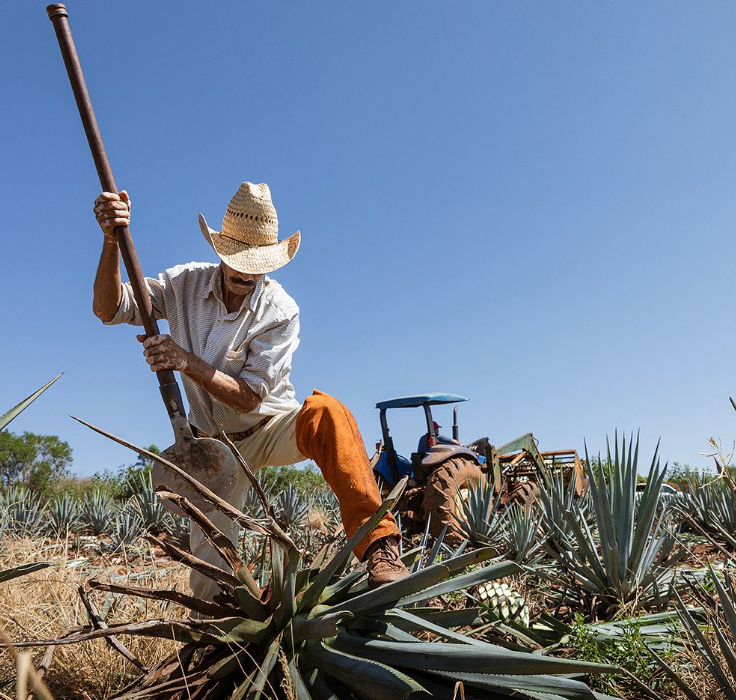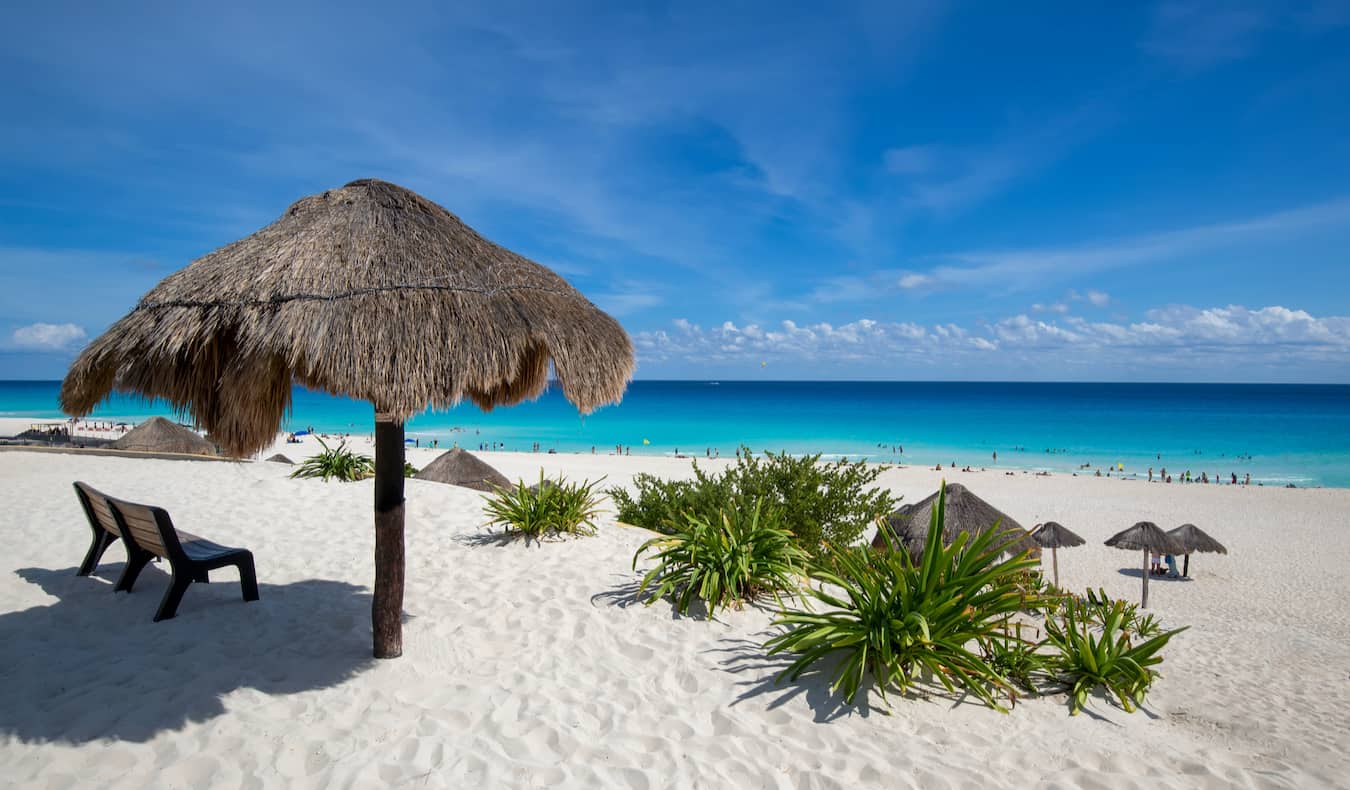Many of us have enjoyed a celebratory margarita at some point in our lives, but have you ever wondered what makes tequila, well, tequila? It turns out, there are several regulations that must be met for a spirit to legally carry the name “tequila”. Let’s take a look at what it takes for an agave-based liquor to be classified as tequila.
What is Tequila Made Of?
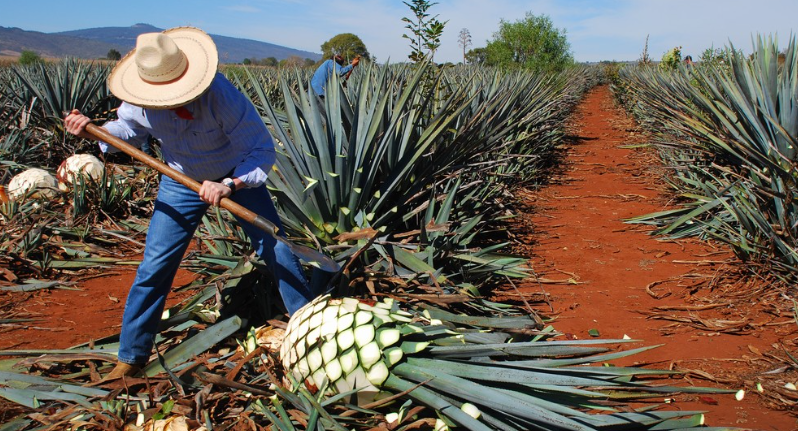
To be classified as tequila, the spirit must be made from the Blue agave plant and produced within certain Mexican municipalities. Only agave sourced from these locations can be used in the production of true tequila. The Blue agave is native to Central Mexico and is known by its scientific name of Agave Tequilana Azul. This particular species of agave has been bred specifically for use in tequila production and contains higher concentrations of sugars than other varieties.
Where Is Tequila From?
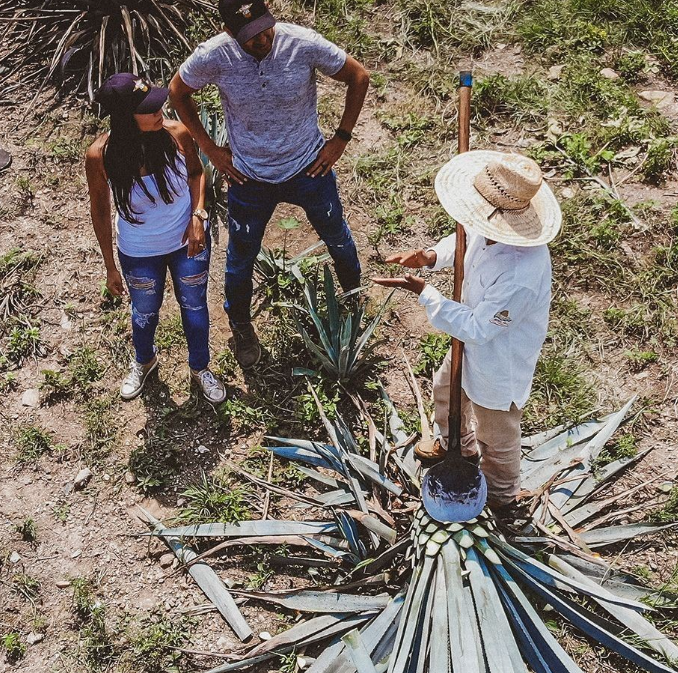
Tequila can only be called tequila if it is made from 100 percent Blue agave and produced in the state of Jalisco, Mexico, as well as some municipalities in Guanajuato, Michoacán, Nayarit, and Tamaulipas. All other agave-based spirits are simply known as agave spirits or mescal. This means that all bottles labeled “tequila” must come from one of these areas in Mexico.
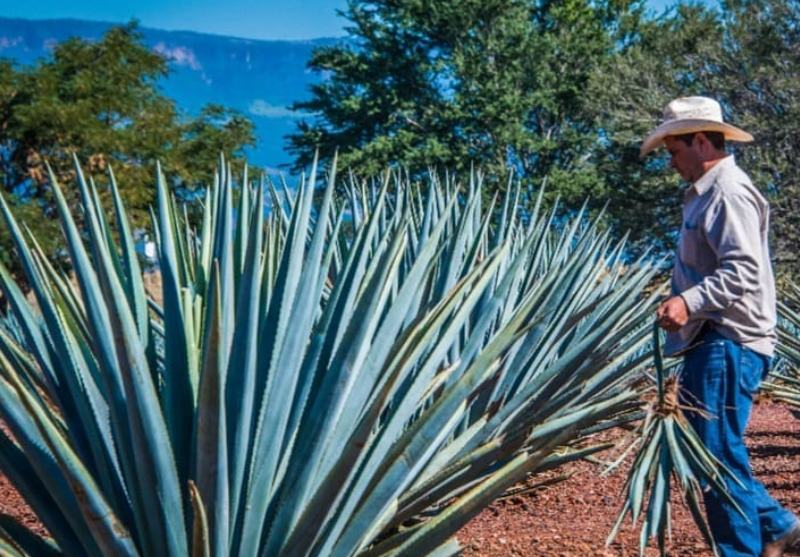
The Process of Making Tequila
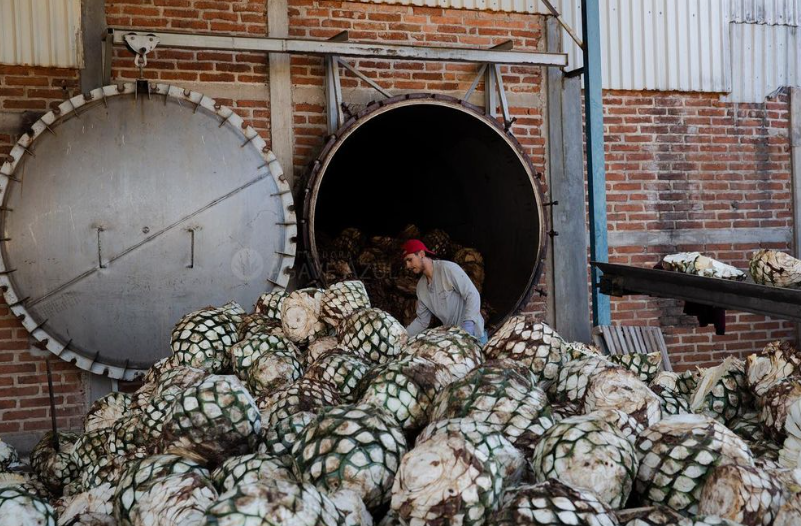
The process of making tequila starts with harvesting the piñas (the core or heart) from the agave plants before they reach maturity—typically 7-12 years after planting. The piñas are then cooked, usually in stainless steel autoclaves or brick ovens heated by natural gas or wood fire. After cooking, the piñas are crushed using either traditional tahona stone wheels or modern roller mills; this step extracts all juices from the cooked agave hearts. The juice is then fermented with yeast before being distilled twice in copper pot stills; this step removes any impurities while amplifying aromatics and flavors. Depending on the type of tequila desired—blanco, reposado, or añejo—the liquid may age in oak barrels prior to bottling and sale.
Types Of Tequilas
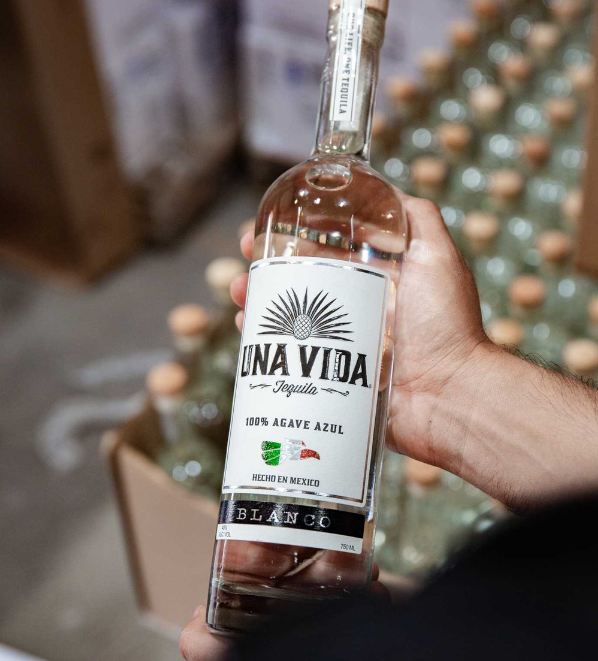
Once it has gone through the above process and meets all legal requirements outlined by Mexico’s Consejo Regulador del Tequila (CRT), it can officially call itself “tequila”. As indicated above, distillers can also choose how they want their product aged; there are three main types: blanco/plata/silver (unaged), reposado (aged up to one year), and añejo (aged at least one year). There are also two additional categories that mix pure unaged tequilas with aged ones: joven abocado (gold) and joven oro (ultra-aged). The aging process typically adds complexity and depth to the spirit along with a golden hue; however, aging too long will mask some of its natural aromatics due to oxidation.
The Regulations for Making Tequila
Tequila is regulated by two organizations—the Mexican government and The Consejo Regulador del Tequila (CRT). The CRT works with distilleries to ensure that all products meet their strict standards for quality and production processes before they are approved for export. This includes testing the soil where the agave is grown to make sure it meets their requirements for purity and flavor. Additionally, any additives used in the production process must be approved by both organizations before being added to the bottle.
What Makes a Tequila a Tequila?
